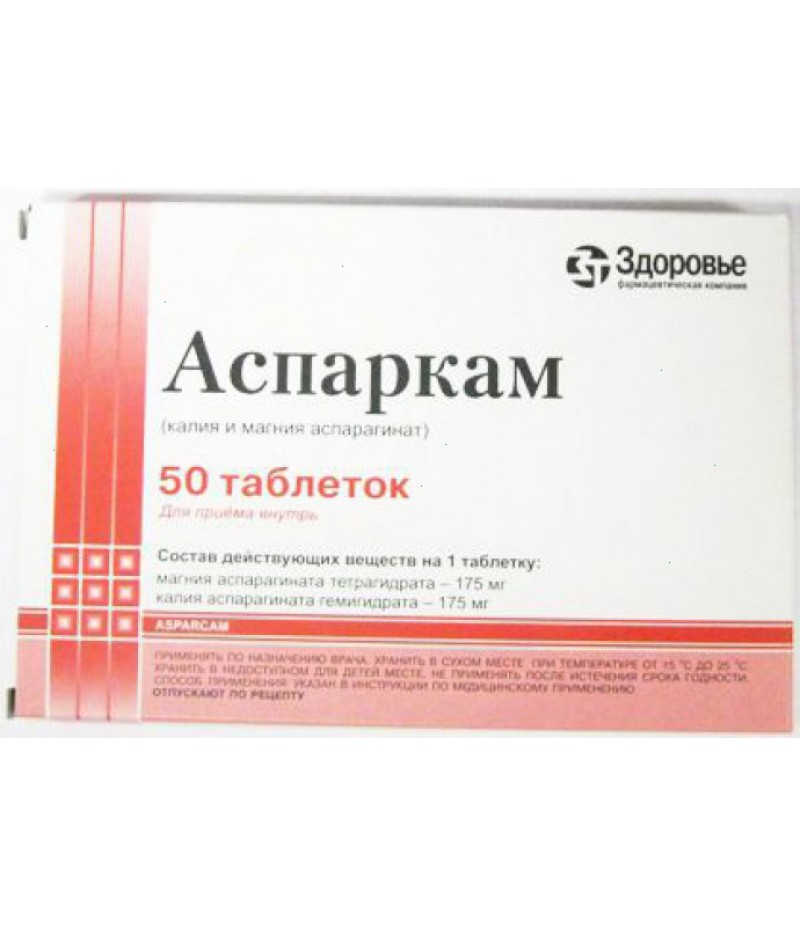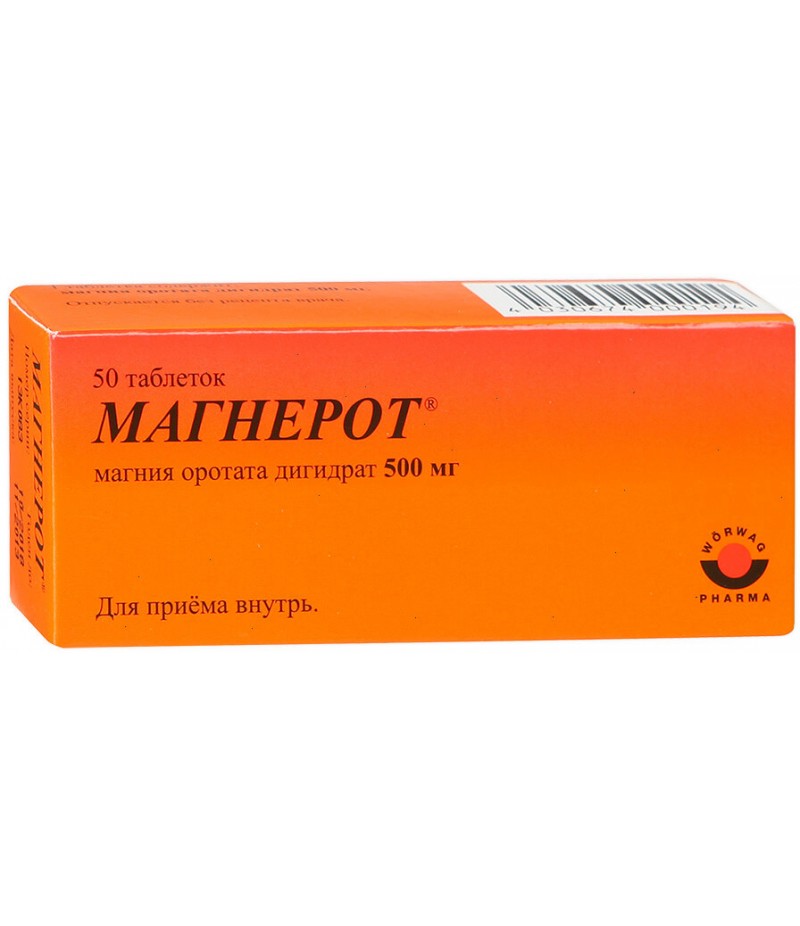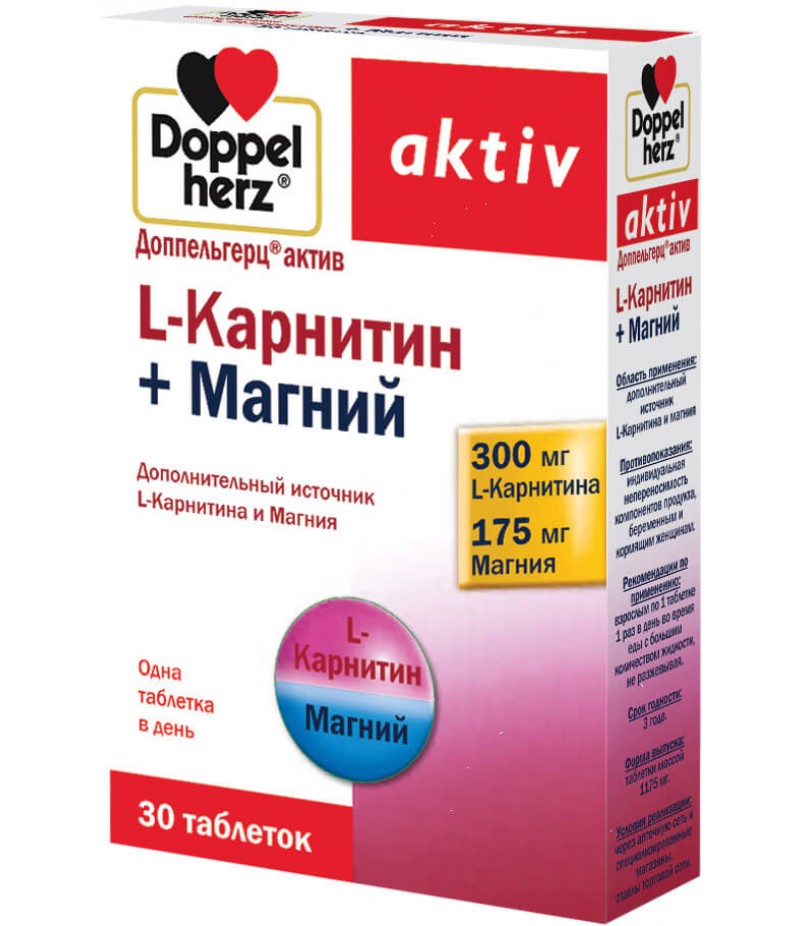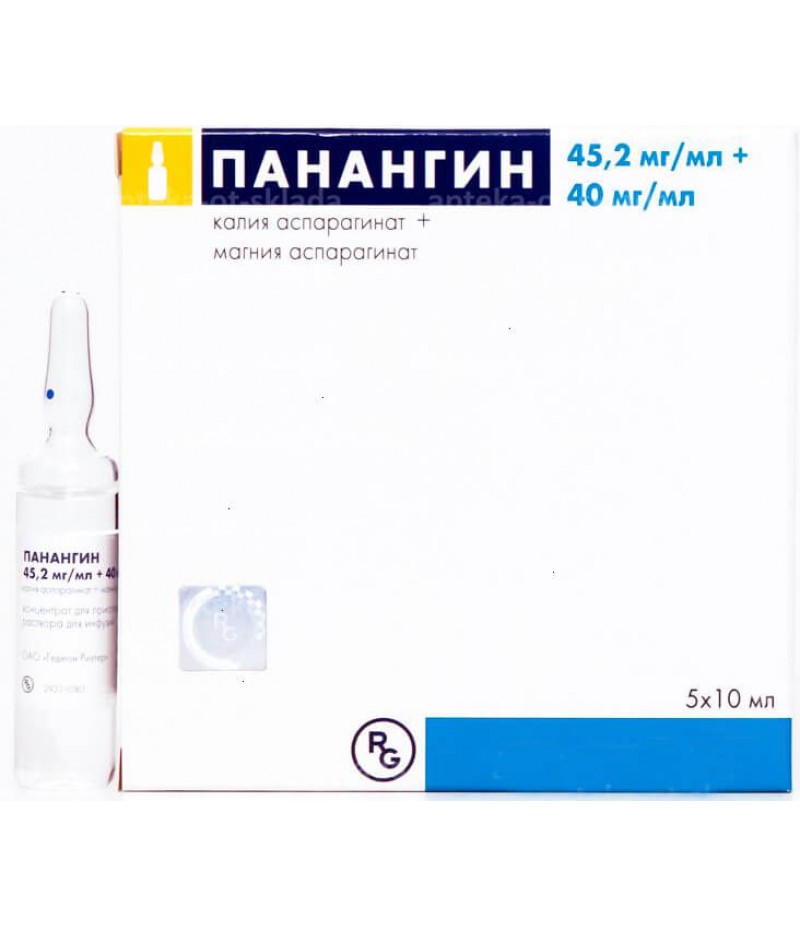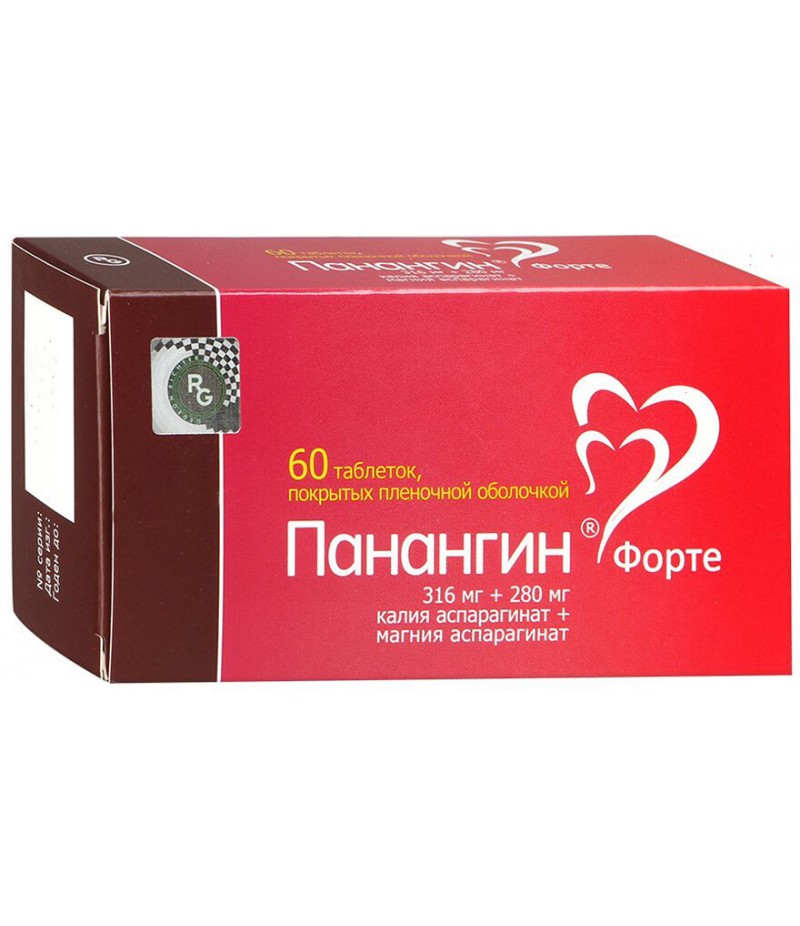Asparkam (Asparcam) tablets #56
- $7.99
- 3 or more $7.70
- Availability:In Stock
Asparcam instruction for useYou can buy Asparkam on this pageClinical and pharmacological groupThe drug that replenishes the deficiency of potassium and magnesium in the bodyForm of release, composition and packagingTablets are wh..
Tags: tabs
Asparcam instruction for use
You can buy Asparkam on this page
Clinical and pharmacological group
The drug that replenishes the deficiency of potassium and magnesium in the body
Form of release, composition and packaging
Tablets are white, flat-cylindrical, with a facet and a risk.
1 tab.
potassium asparaginate hemihydrate 175 mg
magnesium aspartate tetrahydrate 175 mg
Auxiliary substances: potato starch - 88 mg, stearic acid - 5 mg, macrogol 4000 - 7 mg, silicon dioxide colloid - 50 mg.
pharmachologic effect
Asparkam AVEKSIMA is a source of potassium and magnesium ions, regulates metabolic processes. The mechanism of action is presumably associated with the role of aspartate as a carrier of magnesium and potassium ions in the intracellular space and with the participation of aspartate in metabolic processes. Thus, Asparkam AVEKSIMA eliminates the imbalance of electrolytes, reduces the excitability and conductivity of the myocardium (moderate antiarrhythmic effect).
Pharmacokinetics
Easily absorbed when ingested and relatively quickly excreted by the kidneys.
Indications
Applied in complex therapy:
- chronic heart failure;
- Ischemic heart disease;
- hypokalemia;
- violations of the heart rhythm (including with myocardial infarction, an overdose of cardiac glycosides).
Contraindications
- hypersensitivity to the drug;
- a violation of the exchange of amino acids;
Acute and chronic renal failure;
- Hyperkalemia;
- hypermagnesia;
- Insufficiency of the adrenal cortex;
- violation of AV-conduction (AV-blockade of I-III st.);
- Myasthenia gravis;
- hemolysis;
- arterial hypotension (systolic blood pressure less than 90 mm Hg);
- age to 18 years.
With caution: pregnancy, lactation.
Dosage
Assign inside after eating. Adults for 1-2 tablets. 3 times / day. The course of treatment is 3-4 weeks. If necessary, repeat the course.
Side effects
Nausea, vomiting, diarrhea, discomfort or burning sensation in the pancreas (in patients with an anatomic gastritis or cholecystitis), AV blockade, a paradoxical reaction (an increase in the number of extrasystoles), hyperkalemia (nausea, vomiting, diarrhea, parasthesia), hypermagnia (redness of the skin face, thirst, lowering blood pressure, muscle weakness, fatigue, paresis, coma, areflexia, respiratory depression, convulsions).
Overdose
Symptoms: hyperkalemia, hypermagnia.
Treatment: iv calcium chloride, if necessary - hemodialysis and peritoneal dialysis.
Drug Interactions
Pharmacodynamic: combined use with potassium-sparing diuretics (triamterene, spironolactone), beta adrenoblockers, cyclosporine, heparin, angiotensin converting enzyme inhibitors, nonsteroidal anti-inflammatory drugs increases the risk of hyperkalemia up to the development of arrhythmia and asystole.
The reflux of potassium preparations together with glucocorticosteroids eliminates the hypokalemia caused by the latter. Due to the content of potassium ions, the undesirable effects of cardiac glycosides decrease. Due to the content of magnesium ions reduces the effect of neomycin, polymyxin B, detracycline and streptomycin. It can strengthen the neuromuscular blockade caused by depolarizing muscle relaxants (atrakury bezilatom, decamethonium bromide, suxamethonium (chloride, bromide, iodide) .Calcitriol increases the concentration of magnesium ions in the blood plasma, calcium preparations reduce the effect of magnesium.
Pharmacokinetic: astringent and enveloping agents reduce the absorption of the drug in the gastrointestinal tract (a 3-hour interval between their intake must be observed).
special instructions
It is necessary to control the content of potassium ions in the blood plasma.
Impact on ability to drive vehicles and work requiring increased concentration of attention
Clinical studies to assess the effect of the drug on the ability to manage vehicles and mechanisms have not been conducted.
Application in childhood
It is forbidden to use the drug in children under the age of 18 years.
In case of violations of kidney function
The use of patients with acute and chronic renal failure is prohibited.
Conditions of leave from pharmacies
The drug is approved for use as a means of OTC.
Terms and conditions of storage
The drug should be stored in a dry place inaccessible to children at a temperature of no higher than 25 ° C. Shelf life - 3 years.
After expiration date the drug should not be used.

